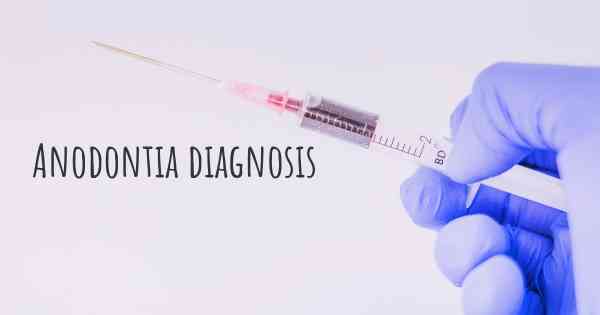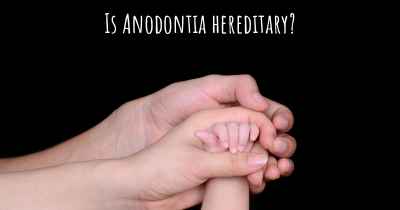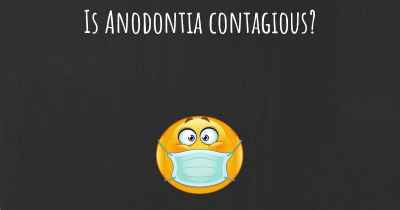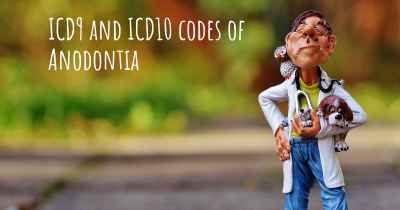How is Anodontia diagnosed?
See how Anodontia is diagnosed. Which specialists are essential to meet, what tests are needed and other useful information for the diagnosis of Anodontia

Anodontia is a rare genetic disorder characterized by the complete absence of teeth. It can affect both primary (baby) teeth and permanent teeth. Diagnosing anodontia typically involves a comprehensive evaluation by a dental professional, such as a dentist or orthodontist.
Medical History: The diagnostic process usually begins with a detailed medical history review. The dentist will ask questions about the patient's dental development, family history of dental conditions, and any associated symptoms or medical conditions.
Physical Examination: A thorough physical examination of the mouth, jaws, and face is conducted to assess the absence of teeth. The dentist will carefully examine the gums, palate, and other oral structures to determine the extent of tooth loss.
Dental X-rays: X-rays are an essential tool in diagnosing anodontia. They provide detailed images of the teeth, roots, and underlying bone structure. Panoramic X-rays or cone beam computed tomography (CBCT) scans may be used to visualize the entire mouth and assess the presence or absence of tooth buds.
Genetic Testing: Genetic testing may be recommended to confirm the diagnosis of anodontia and identify the specific gene mutation responsible for the condition. This involves collecting a blood or saliva sample, which is then analyzed in a laboratory to detect any genetic abnormalities.
Consultation with Specialists: In some cases, the dentist may refer the patient to other specialists, such as a geneticist or oral surgeon, for further evaluation and management of anodontia. These specialists can provide additional insights into the underlying cause of the condition and offer appropriate treatment options.
Treatment Planning: Once the diagnosis of anodontia is confirmed, a comprehensive treatment plan can be developed. This may involve a combination of dental prosthetics, such as dentures or dental implants, to restore missing teeth and improve oral function and aesthetics.
In conclusion, diagnosing anodontia involves a thorough evaluation of the patient's medical history, physical examination, dental X-rays, and genetic testing. Collaboration with dental specialists is often necessary to ensure an accurate diagnosis and develop an appropriate treatment plan.








